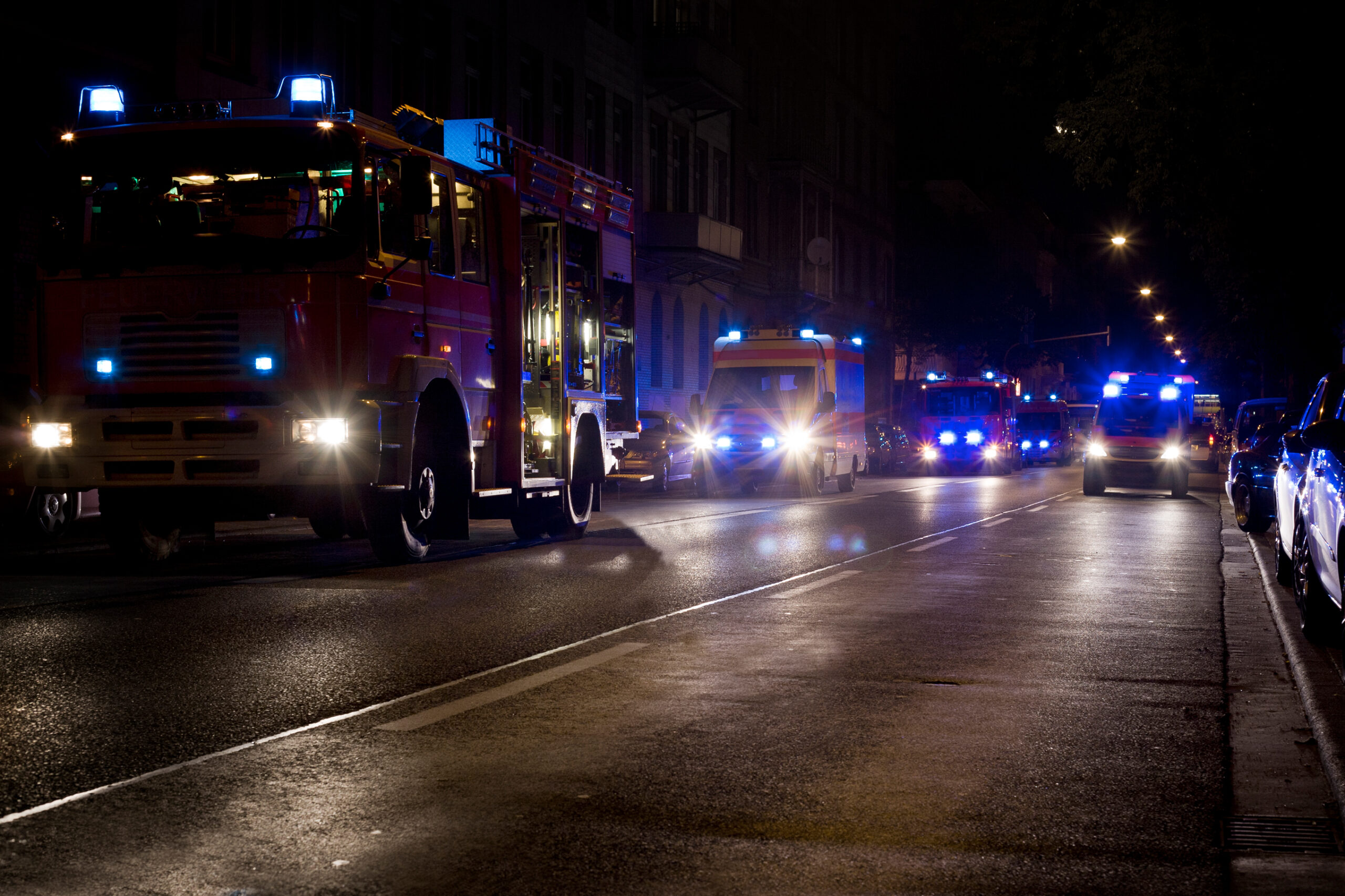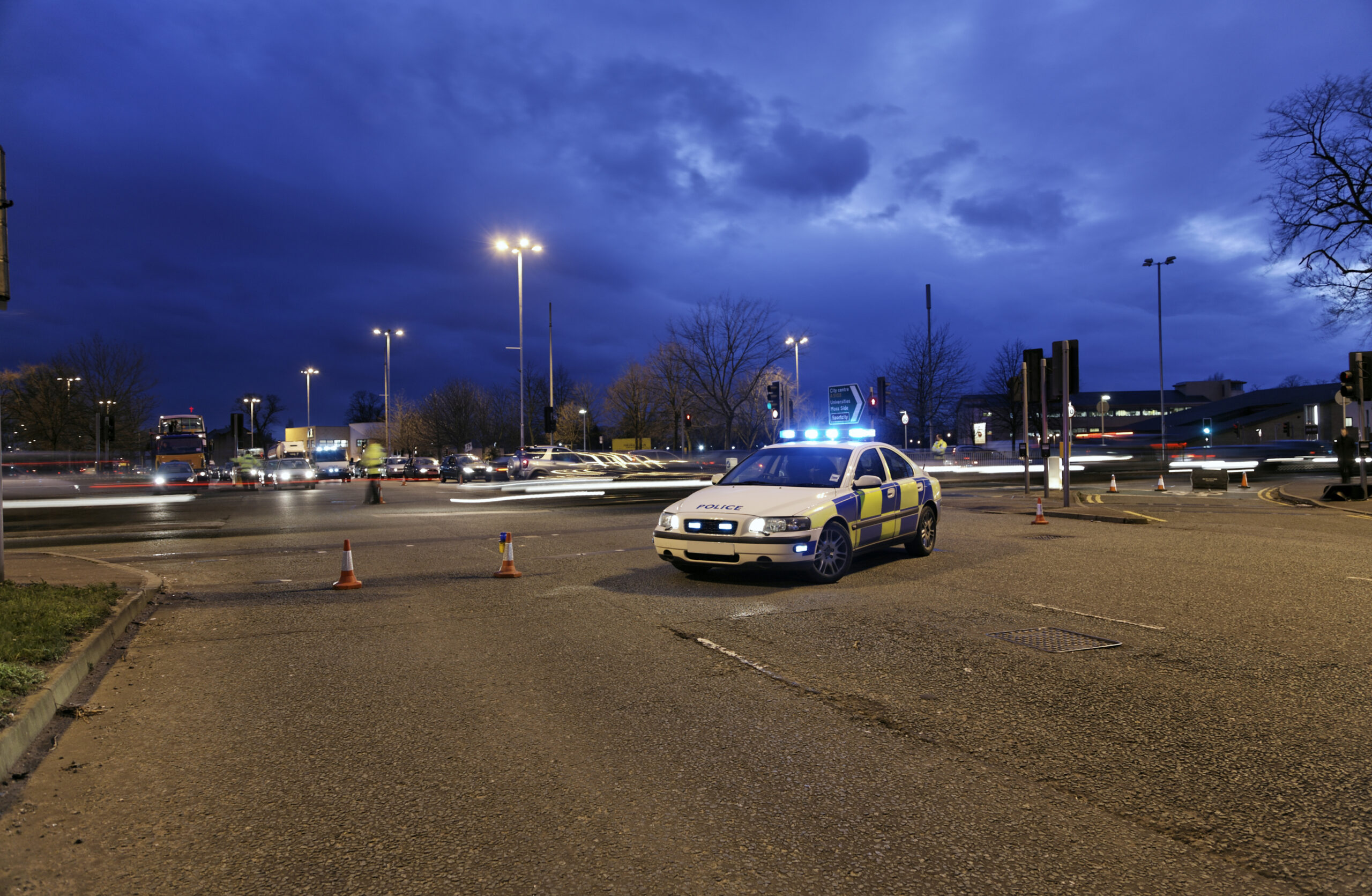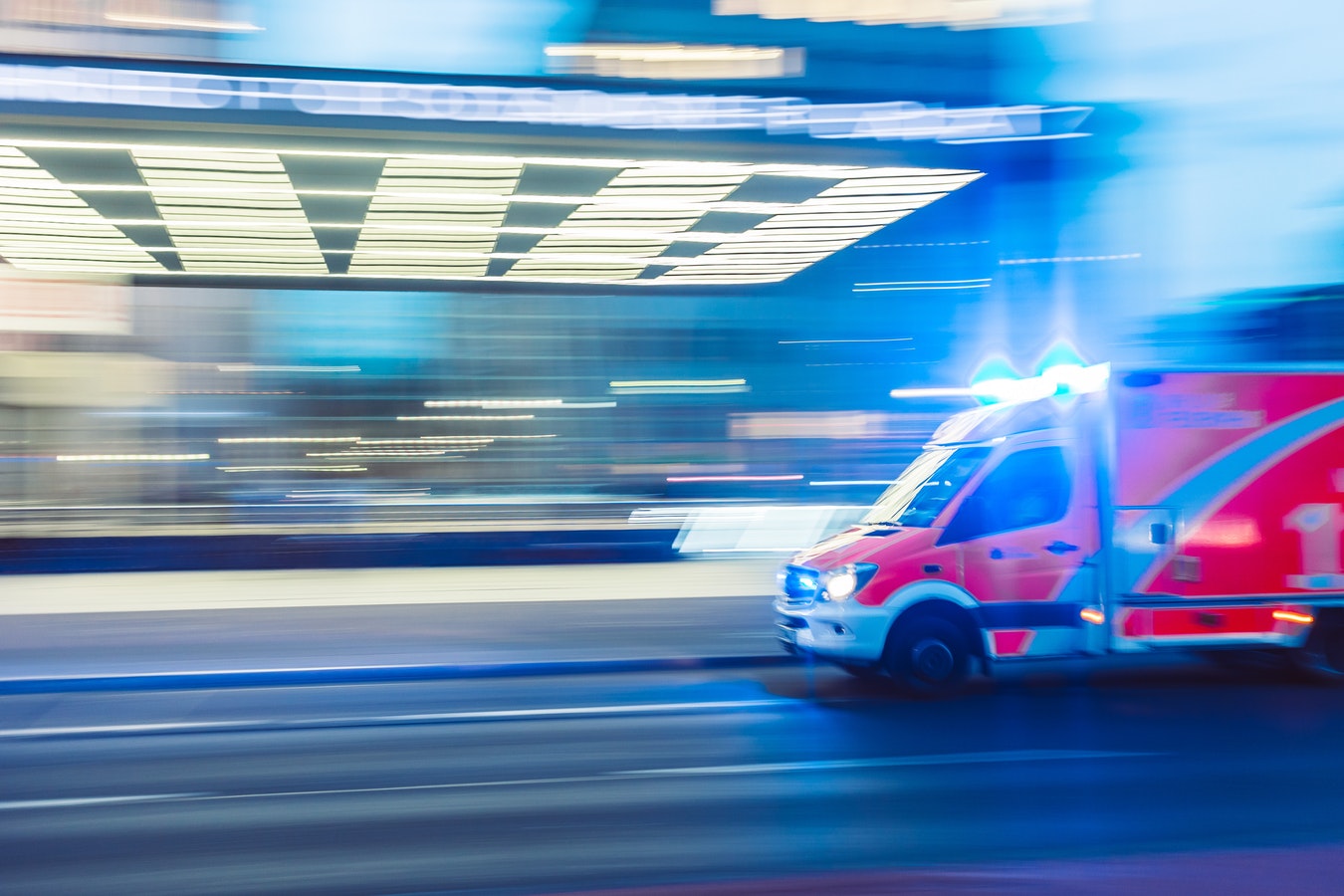By:
VNC Automotive
Date:
28th May 2020
When first responders attend a call out, every moment counts. In those moments, an array of in-vehicle technology can assist in ensuring the vehicle and its occupants arrive at the unfolding scene more safely and efficiently. In this blog, Philip Handschin, Technical Consultant at VNC Automotive, looks at how device connectivity software is aiding fantastic advancements in law enforcement, fire, and rescue vehicles.
We have seen device connectivity in consumer vehicles for some time, what are the applications of this technology for first responder vehicles?
First responder vehicles use highly sophisticated technology to operate more efficiently. A police car, for example, can have multiple systems running such as Automatic Number Plate Recognition, and other vehicle control systems. All these systems typically require a separate display.
Currently, extra screens are fitted into cars to help police officers operate these systems. Modern cars already have large screens built into the vehicle. Connectivity software, in this example, enables police forces to take advantage of the large built-in vehicle screens for their police systems. The same is true for other first responder vehicles.
Something else to add is that unlike consumer vehicles which often utilise popular device connectivity standards such as CarPlay and Android Auto, to access apps from the dash, the applications required by law enforcement are not supported by these protocols.
“When first responders attend a call out, every moment counts. In-vehicle technology can ensure the vehicle and its occupants arrive at the scene more safely and efficiently.”
What are the benefits of integrating devices and systems into one display screen?
There are lots of benefits of bringing together all the systems required by law enforcement into a single screen in the front cabin. Namely efficiency, so police vehicle systems can be operated through one screen.
This is really compelling in that no matter where these systems typically reside, for example on a smartphone, ruggedised PC, or HQ enterprise system, they can all feature within a modular display.
Furthermore, once the vehicle is decommissioned from service, it can be turned back into a civilian car without having damaged the dashboard, reducing cost over its lifetime and increasing the re-sale value. From a safety viewpoint, no additional screens need to be mounted or devices docked within the front cabin, greatly reducing the risk of injury in the event of a collision.
And in terms of security, Cobalt Link+, our proprietary standard, contains stringent security features to protect data and devices on both sides of a connection.

What types of functionality can first responders enjoy from these vehicles?
As alluded to above, with smartphone integration first responders can access smartphone native content, applications, and services from the IVI screen.
The opposite is also true, which means that first responders can also control mission-critical vehicular systems using their smartphone. Imagine, for example, an officer has left a police vehicle to pursue a target on foot. With a connected vehicle they can control vehicle systems from the smartphone, including sirens, door locks and so on.
Going a step further, with cloud integration, there is also the capability for contact agents at mission control to remotely connect with vehicles in real-time, controlling systems such as sirens, providing navigation information or even sending CCTV footage to the IVI screen. Likewise, mission control could remotely lock the vehicle if the responder must exit quickly, take over the PA system or control the direction of cameras to get sight of the situation from HQ.
How do you address the rigorous safety and security requirements of in-vehicle software?
We have a long history in developing in-vehicle software for many automotive OEM’s and Tier 1 equipment providers. VNC Automotive software is currently in over 30 million cars around the world and counting.
In terms of first responder vehicles, we have been present in this sector for some time and have a published case study featuring the Dodge Charger Pursuit, here the 12.1 inch display screen is central to the UConnect system which integrates smartphone and PC systems.
Specifically, the automotive grade solutions we deploy include end-to-end encryption, using modern cryptographic standards, user authentication supporting usernames, passwords or PIN, and our unique closed system activation. This means that other users of the same technology can only access their own implementation.

Can you disclose any projects or solutions that are in the pipeline for first responder vehicles?
Yes! We are currently working on an exciting add-on box solution, for law enforcement, that is enabling the use of the large in-built IVI screen. The box sits in between the computer that is installed in the police car and hosts all police car systems (such as ANPR, radio, lights) and the in-built OEM screen of the vehicle.
Leveraging smartphone connectivity of the vehicle, police officers will be able to use the touch screen to control the police systems, without any additional equipment cluttering the dashboard. Furthermore, all native car features controlled by the touch screen, such as air-con, heated seats, sat nav, are still available for the officers to use.
Finally, what trends do VNC Automotive see emerging in this sector in terms of vehicle connectivity?
Modern cars now almost exclusively feature a large central in-vehicle screen. This can cause issues but primarily poses a great opportunity when converting a consumer vehicle for a police or first responder fleet.
The issue that often presents itself is that vehicle conversion companies struggle to find dashboard space to add the additional equipment a modern police vehicle needs. The screen is large and provides vital functionality to operate the car, hence it cannot be removed and replaced by another screen or system to control the emergency vehicle.
Furthermore, adding screens and other equipment to the dashboard takes up space, can be dangerous in a collision and makes decommissioning the vehicle expensive if the entire dashboard needs to be replaced. However, these large screens often have smartphone connectivity features built in. These connectivity features give us the opportunity to leverage the large screens for applications specific to first responder vehicles. This is an exciting trend and one with many tangible safety and efficiency benefits for the sector.
VNC Automotive will be attending NAPFM The Emergency Fleet Exhibition between the 19th-20th October 2020.

Phil
25th August 2020
